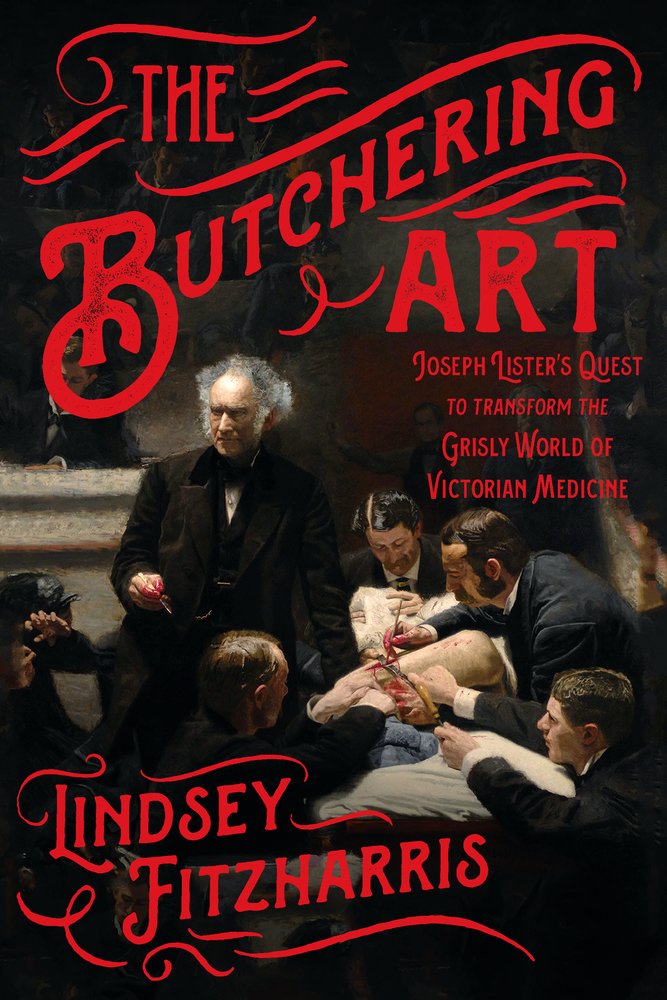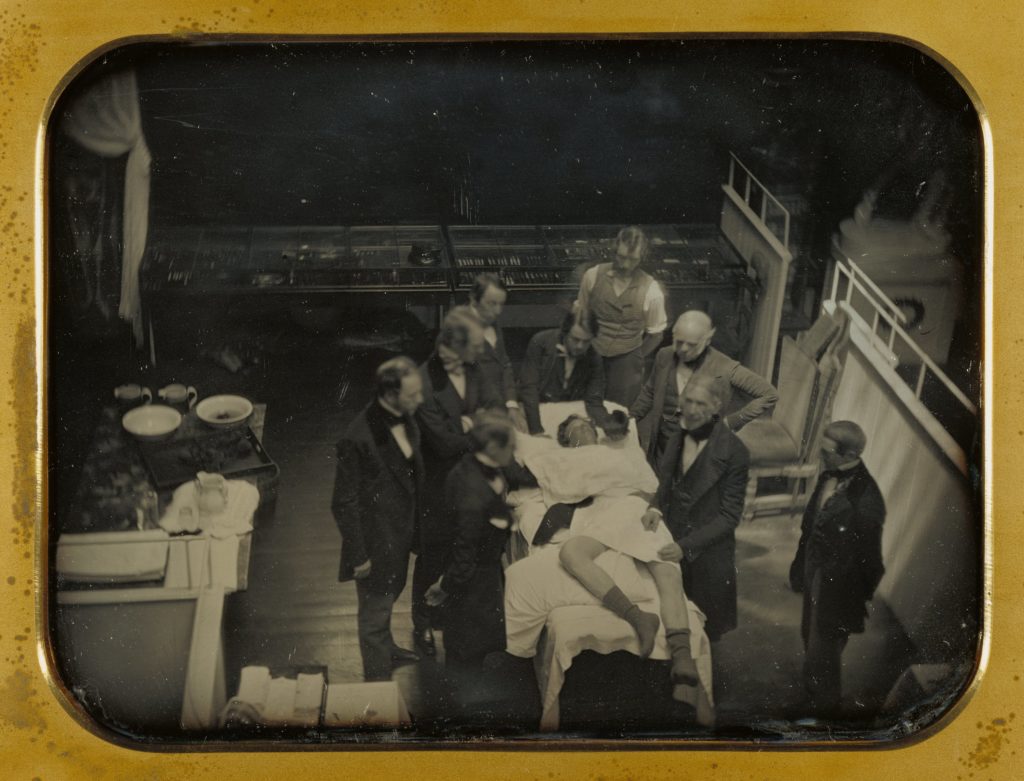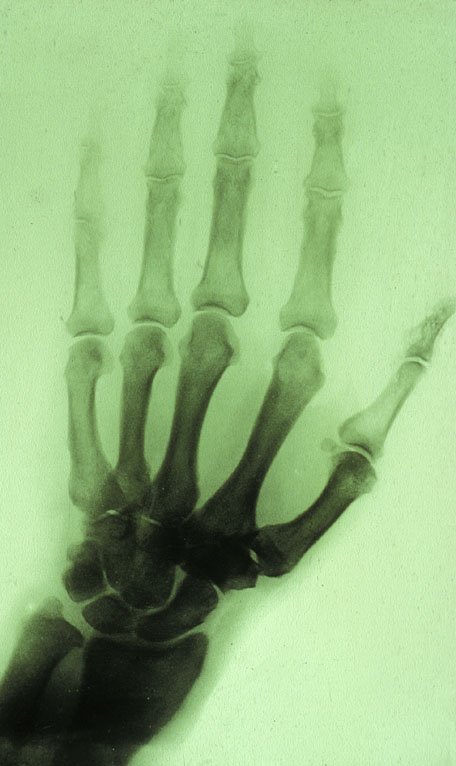
I am in love with this book. Based on the description, I figured I would like it, but it is even better than I imagined.
I have been told by others that I should have been a doctor. I do have a knack for diagnosis and I am not squeamish when it comes to household wounds. I’m the one you want to do surgery to get that splinter out. But I really had no interest in lots more years of school or dealing with people (ugh!) all day. Basically, I wanted to be like House and just solve the puzzle but still be an introvert.
I studied English literature in college, but I got such good grades in biology and science that the department begged me to switch majors (I didn’t). But my love of anatomy and physiology has never waned and over the years I became more interested in the history of medicine. The timeline is frighteningly short.

Lindsey Fitzharris gives us an unflinching look at the difficult, unsettling world of early medicine through the lens of Joseph Lister’s career. From his young days, he struggled with whether to become a surgeon or a Quaker minister. His family was devout, and he remained so his entire life. His father convinced him he could do the most good in medicine. He also instilled in his son a determination to follow his natural curiosity. As a child, he had a high quality microscope which he was encouraged to find samples and make slides for.
He eventually made his way through medical school, focused on surgery, which was a risky undertaking. Surgeons at that time were known for how quickly they could complete a procedure because there was no anaesthesia. Surgeons did not wash their hands, or tools, between patients. Such attention to detail took time, something they couldn’t afford. They earned the nickname “sawbones” for a reason.

Lister was different. He began to focus on the problem of infection post-surgery. He wanted to figure out why patients who survived operations died from septicemia, pyemia, or other infections. The working theory of the time blamed bad air (mal-aria) for just about everything. Lister heard about the research of Louis Pasteur and microorganisms in milk that caused it to go sour. What if something similar was happening in patients?
Despite significant pushback from leading minds of the day, Lister managed to prove that cleaning surgical tools, keeping wounds in clean bandages, and sanitizing hospital spaces greatly improved patient outcomes. It seems obvious to us now, but the vast majority of very smart people thought filth had nothing to do with health on a microscopic level.
His long career spanned teaching hospitals, the operating theatre, research papers, lectures and even performing surgery on Queen Victoria and Edward VII.
The book doesn’t hide the gruesome history of surgery, but neither does it glorify it. The particularly squeamish might not be able to stomach some of the vivid descriptions, but an average reader should have no trouble finding a clinical way of looking at the story. And it is not all about the operating theater. Fitzharris tracks Lister’s life and research as well. She references letters with his beloved father and recollections of fond students. Here, a fierce but kindly man can be seen as a genius with a heart, not a cold figure to be dissected.
For those able to go, I highly recommend visiting the newly renovated Surgeons Hall Museum in Edinburgh. I spent a long morning in their specimen gallery as well as the traditional museum. Their medical college was home to James Syme, Joseph Lister, James Young Simpson, Joseph Bell, Arthur Conan Doyle and many others.
If you are in or near London, go at once to the Old Operating Theatre and Herb Garret. It has the oldest surviving operating theater in Europe AND you get to climb a stone spiral staircase in a church steeple to get there. It’s amazing.
Want more of an overview about operating theatres? Read this article by JSTOR, with lots of awesome links.
My rating: [xyz-ihs snippet=”5-Stars”]
My thanks to Caroline at FSG Books for the review copy.
Hardcover: 304 pages
Publisher: Scientific American / Farrar, Straus and Giroux; 1 edition (October 17, 2017)
Language: English
ISBN-10: 0374117292
ISBN-13: 978-0374117290
Product Dimensions: 6.3 x 1.1 x 9.2 inches
